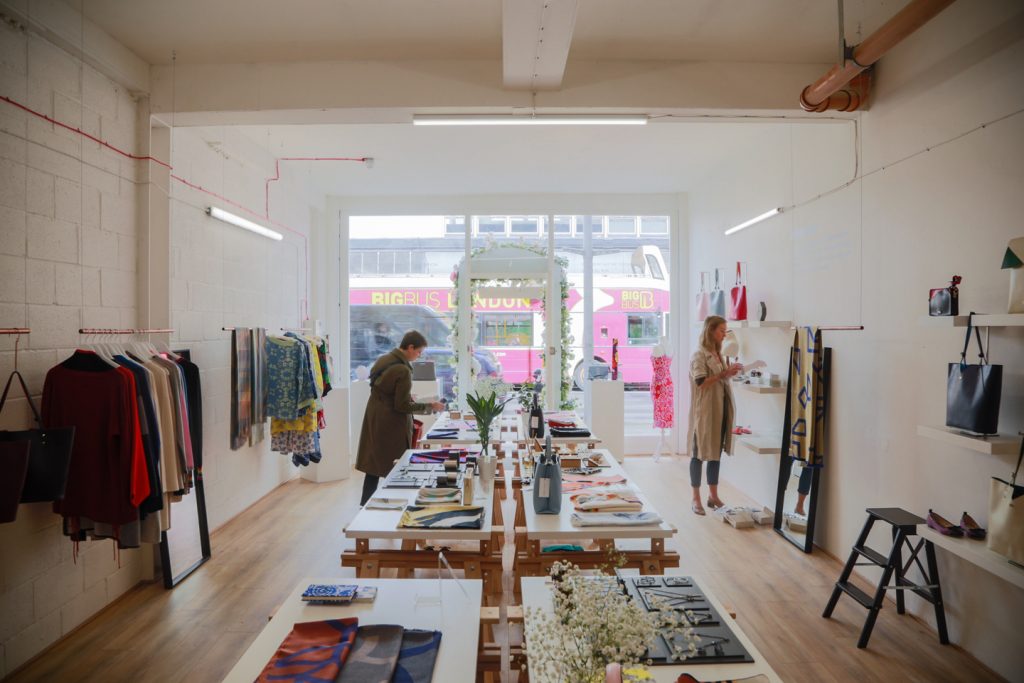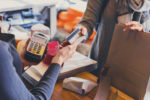Retail pop-up stores are a great way to increase physical presence for both online retailers and established brands. For online retailers, it can be seen as a test on how the process of physical stores work, and the investments they might be required in the near future. They are an excellent way to identify your customers and target audience.
The Need of a Retail Pop-Up Store
As highlighted retail pop-up stores are a good way to connect with your audience and create a buzz about your services. It can operate as a trial junction such as those operated by Nike and Debenhams, or a distribution center on Black Friday Sales. It works as an omnichannel that connects your social media and online presence, to physical face to face interaction,
They are a fun way to test new products, pricing, and product bundles by either offloading old inventory, or throwing a launch party for new ones. It puts potential and existing customers on notice that you are present.
Essentials of a Retail Pop-Up Store
If you intend to use one, as a small business owner you should understand the complete dynamic of a pop-up store. For a pop-up retail store to become successful, the right location matters. Trade fairs, shopping malls, and corporate events can be potential locations to start. Second, you will need to understand the costs and logistics. No matter if it’s big or small, you will require furniture, individuals and a connected hub to serve your customers. It can cost as little as $3,000 to $30,000 a month.
A connected hub provides you with the ability to process payments, and interact with customers. Although cash is king, you will need a credit card processing machines, support of merchant services small business experts, and credit card, readers. One example of payment technology is the Clover POS System and the Clover Flex which will allow you to accept all forms of payments and track inventory.







